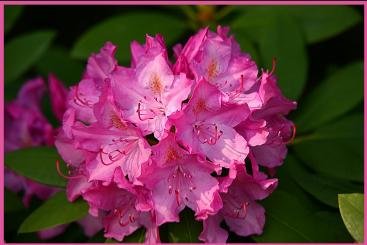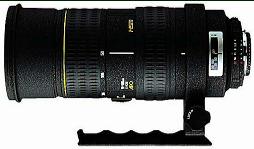It is hard to deny the versatility and usefulness of the 10X range zooms to anybody with a broad interest in photography and widely varied subject mater. In this category of lenses the mother of them all has to be the Sigma 50-500mm known as the "Bigma". There are a number of lenses to compare with the Bigma but none other, that I know of, reach 500mm.
Many complete and technical reviews are to be found on the Internet, by others who are much more competent of through testing than I. So in this review are my own observations and experience with this lens not a rehash of all the performance specs. but how it works for me in the real world.
I like the 50-500 a lot and I have purchased several and sold them to friends. I also use and own many of the lenses that are frequently compared to the Bigma. I just purchased the 28-300 L Canon with IS, I also own the older (now discontinued) 35-350 L, the Canon 100-400 IS L, the Canon 400mm F/5.6. L and a Tamron 28-300. Many of these lenses reach equivalent focal length and F/stop with converters. So I have a lot of ways to get to 400 or 500mm and each lens has its own advantages. The great thing about the 50-500 is of course the extreme range in one lens; the way I shoot is often with no specific goal in mind and spur of the moment so at one instant I may need wider angle and the next 500mm. The 50-500 makes a great nature/wildlife lens because it is capable of capturing a landscape scene then going for a small bird at 400 or 500mm. The lens also has a good close focus distance making semi macro shots possible as well. Many like to compare the Bigma to the 100-400 IS L. The difference that I see between the 50-500 and the 100-400 is this:



